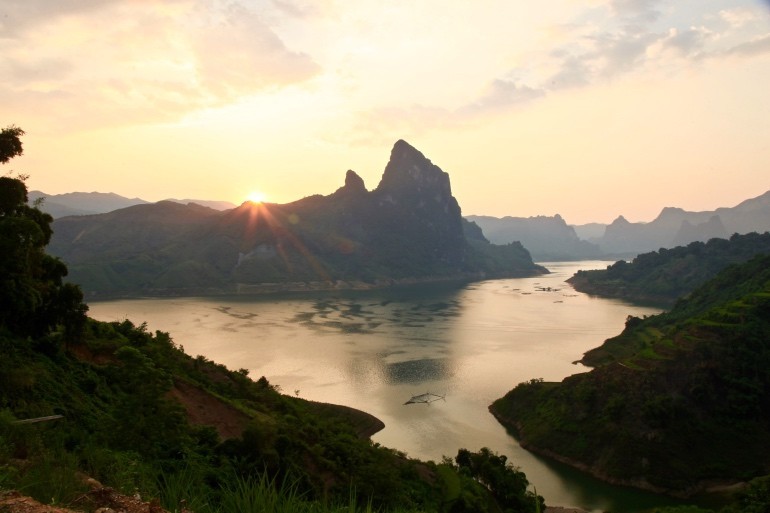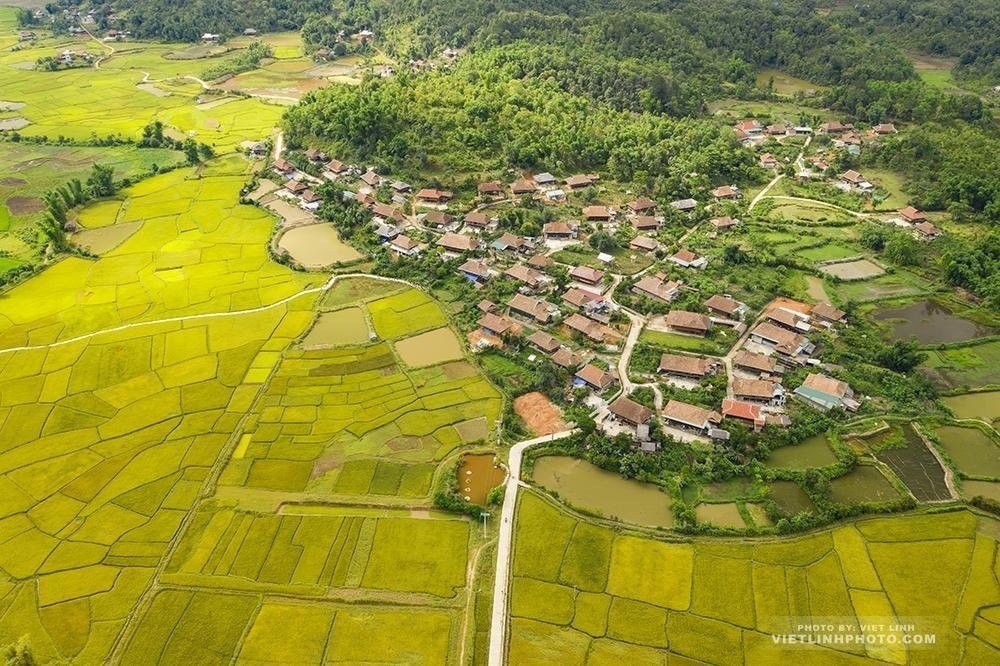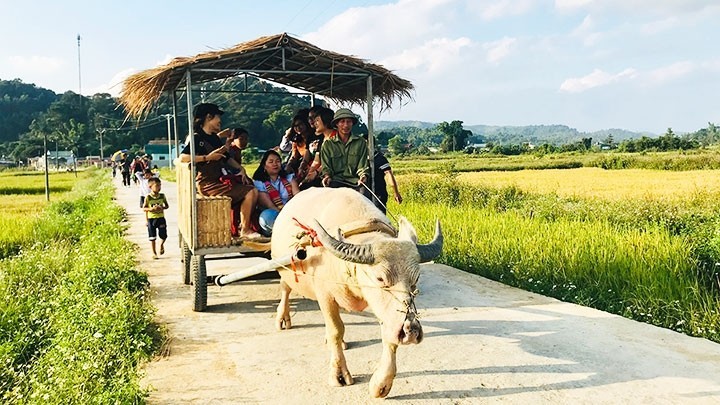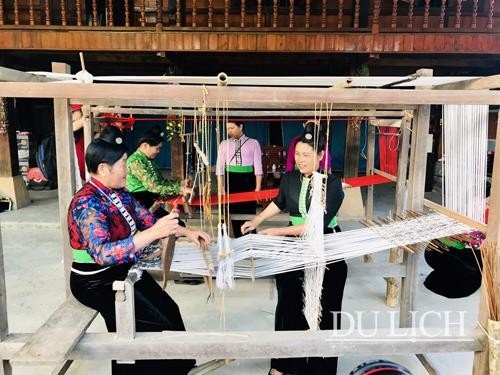Recently, author Ian Neubaur had an article on the Al Jazeera, in which he interviewed tourists and local people about the development of sustainable tourism in Vietnam’s province of Dien Bien.
In his article, Ian said that tourism has long been viewed as a way to alleviate poverty in Vietnam. In 2019 alone, the country welcomed 18 million visitors, accounting for 9.2 percent of gross domestic product. But tourism has also been blamed for straining infrastructure and precipitating environmental and cultural decay.
 |
| Dien Bien province owns the spectacular scenery of the Northwest mountains. (Source: Ian Neubaur/Al Jazeera) |
Potential for developing tourism in Dien Bien
Tuan Nguyen, the director of Hanoi-based motorcycle tour company Moto Tours Asia, told Al Jazeera that Sapa, the city in neighboring Lao Cai province was very beautiful the first time he went there in 1995. But by now, the place has changed. “Instead, we now go to villages in Dien Bien Phu where traditional culture and architecture of minority hill tribes have been preserved”, Tuan shared in the article.
Besides Dien Bien Phu city, Che Can is a Hmong ethnic minority village that attracts many tourists traveling to Dien Bien province. The village is 30km away, approximately half an hour northeast of Dien Bien Phu city.
 |
| Panoramic view of Che Can. (Photo: Viet Linh) |
Che Can village is described as a cut straight out of an oil painting with dreamy rice terraces and misty mountain views, ambling creeks and winding country roads, a nearby lake teeming with birdlife, and every structure in the village adhering to traditional designs.
Adding to the color, the locals still wear traditional Hmong dress with colorful skirts, blouses, and leg wraps made from natural fibers like silk and hemp, shirts with batik designs, and elaborate headdresses.
“Besides being super beautiful, Che Can is just a really unique experience [that involves] being able to live with the Hmong and see their way of life,” Catherine Ryba, a traditional healer from the United States who lives in Hanoi, told Al Jazeera. “It gives you a different view of Vietnam and lets you get out of the tourist bubble.”
Tourism brings profits to the locals
Phuong Duc homestay, one of the two in Che Can village, was established in 2018 by Lo Van Duc with assistance from the Center for Community Development (CCD), a local subsidiary of the charity Care International.
 |
| Homestay Phuong Duc. (Photo: Petrotimes) |
“At the beginning, I didn’t know anything about tourism,” Duc told Al Jazeera. “But CCD educated me about foreigners and took me to see many different homestays. That gave me some ideas and with the $13,000 they gave me in loans and grants, I was able to build a guesthouse of my own.”
It is noted in the article that before the pandemic, Duc and his family hosted about 300 guests per month, a third of whom were foreigners. Today they accommodate only half that, all domestic tourists. They charge people $5 a night and another $12 for meals – feasts of spring rolls, barbecued chicken, fish stew, roast duck, rice, dipping sauces, tropical fruits, and rice wine that everyone eats together.
The homestay also rents out bicycles for $3 and offers guided tours to the nearby former underground hideout of Vo Nguyen Giap, also known as the Red Napoleon, the ingenious Vietnamese General who masterminded the victory over the French at Dien Bien Phu, added Al Jazeera.
“The income is much better than working in a rice field,” Duc said in the interview. “We now have enough money to pay for our children to go to high school and even go to university if they get good grades.”
 |
| Experience riding a buffalo cart. (Photo: Petrotimes) |
Community tourism for sustainable development
Al Jazeera reported that now, as Vietnam welcomes back foreigners after two years of pandemic-related border closures, Tuan and his partners are spearheading an initiative to promote eco-tourism, fight poverty and preserve indigenous culture in Dien Bien Phu. Accordingly, a network of village homestays is set in traditional stilt houses where 100 percent of the profits will go to locals who own and operate them.
They plan to select 8 to 10 picturesque villages and direct capital from the provincial government and non-governmental organizations to build 2 or 3 traditional homestays in each village.
Tuan also plans to provide training to locals on how to work with tourists and curate nature-based activities like trekking, bicycle riding, kayaking, tours of historical sites, and bring in volunteers from overseas to tutor locals in English. Once the network is established, he envisages that tourists will stay for 2 or 3 nights in each village, and spend an average of 10 days in Dien Bien province, immersed in village life.
“We don’t see this as a way to make a profit. It is a five-year plan to empower local communities with jobs and long-term economic opportunities that will help preserve ethnic culture and architecture instead of wiping it out”, Tuan said to Al Jazeera.
 |
| Weaving in Che Can village. (Photo:TG&VN) |
To maintain the overall sustainable landscape, everyone in the village has signed a contract stating that they are only allowed to build traditional wooden houses at two stories high.
Duc said that he was also not worried about competition from his neighbors and supported Tuan’s efforts to build on his village’s success. “I want them to experience the success that my family has had so they can have better incomes and better lives”, he added.








